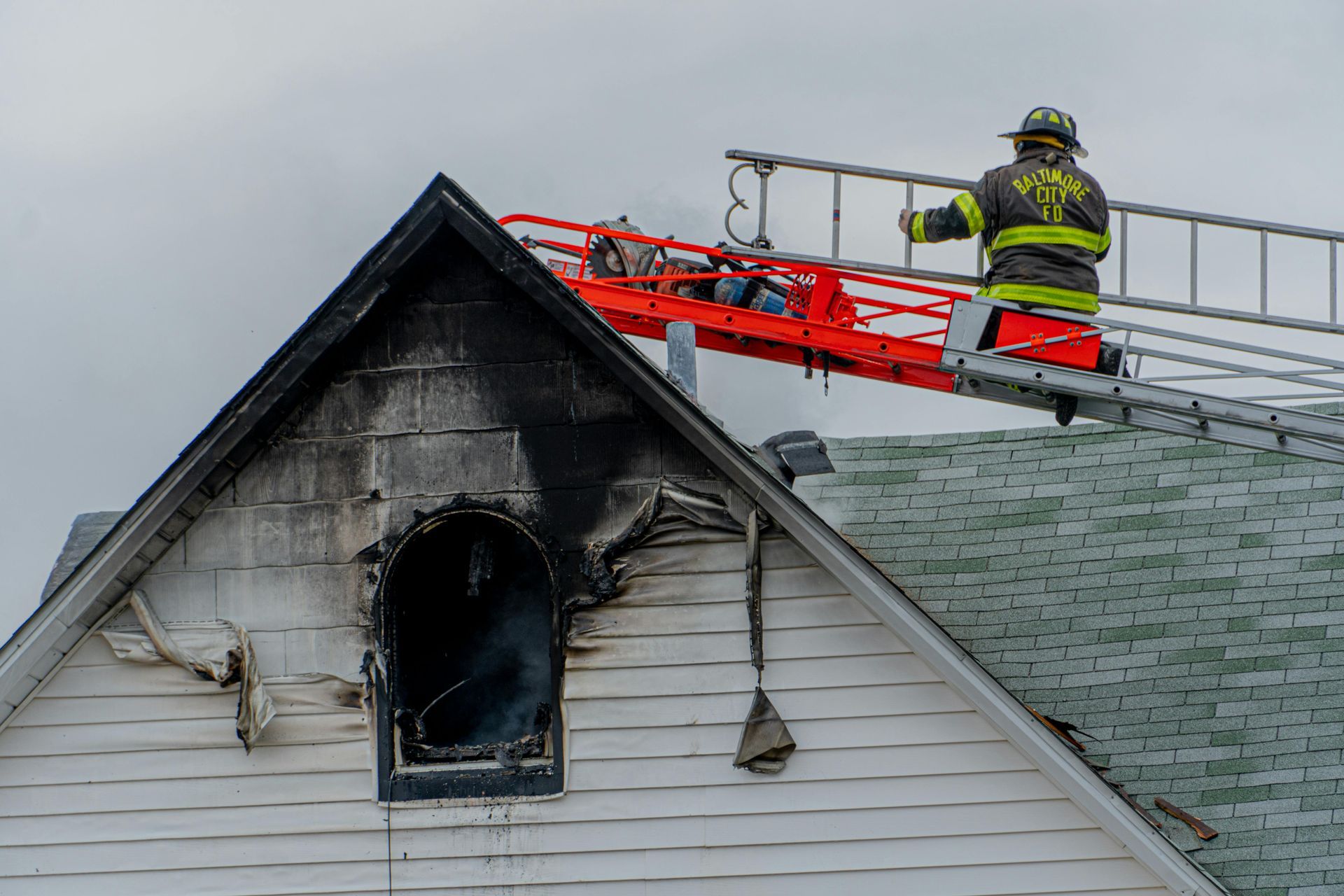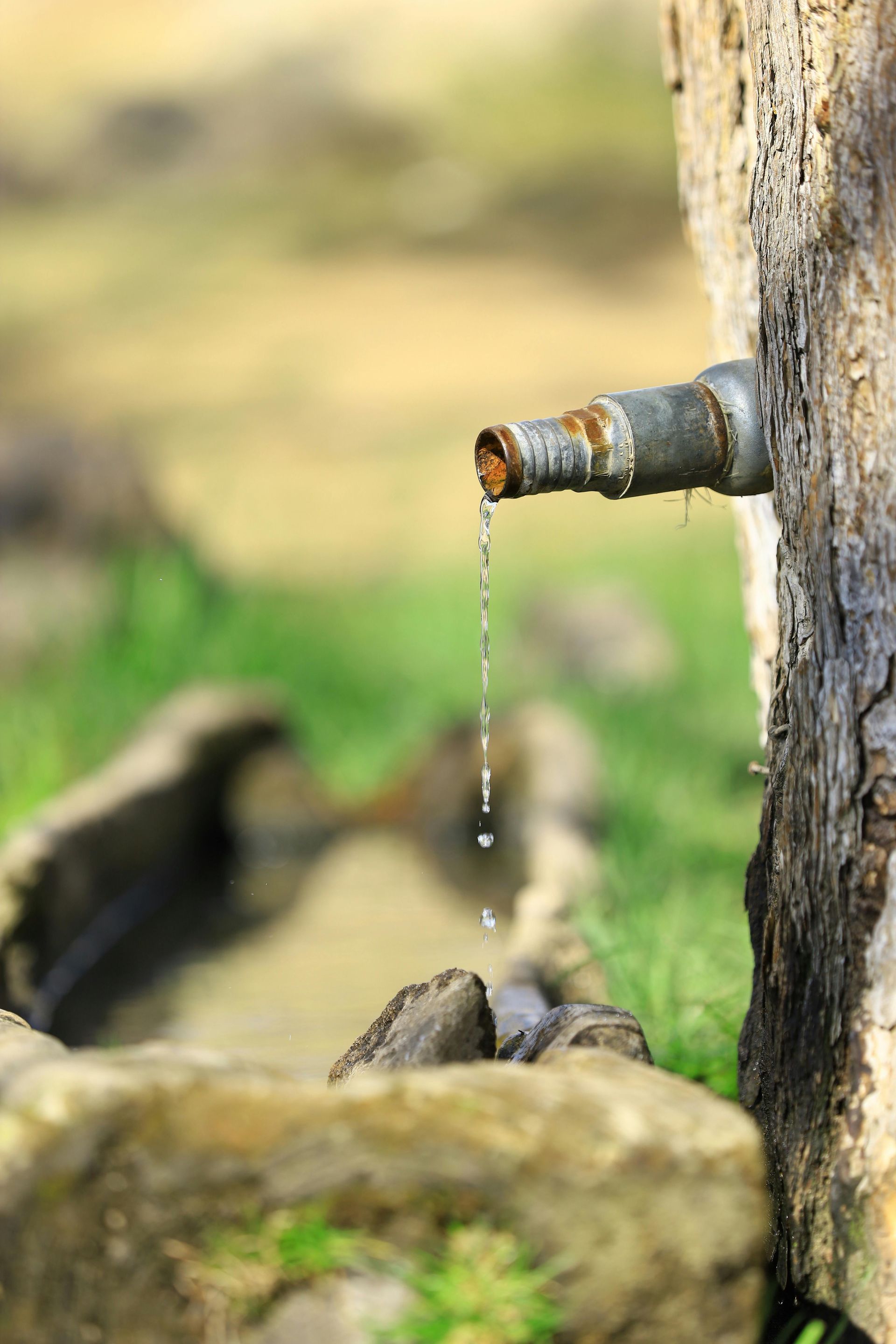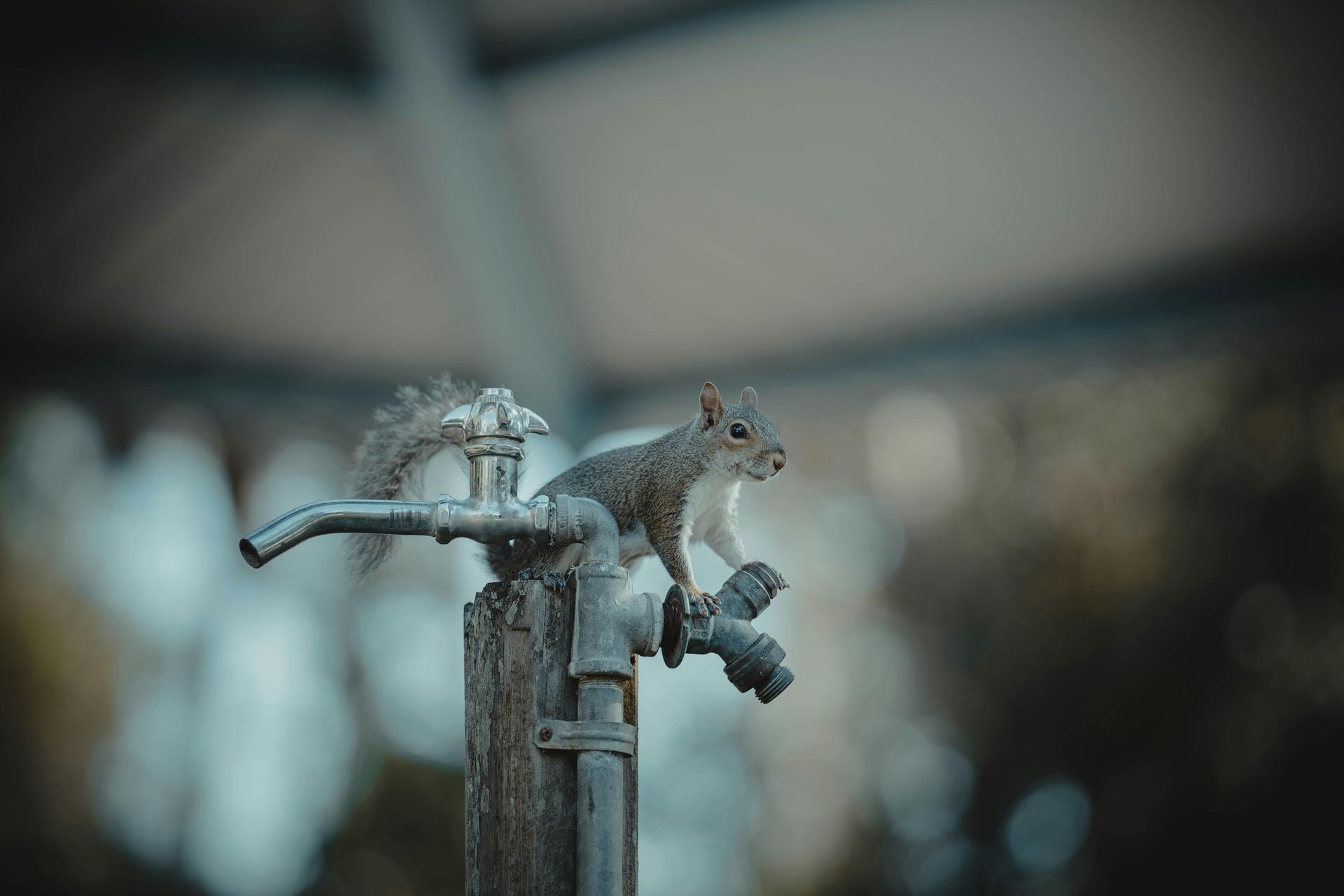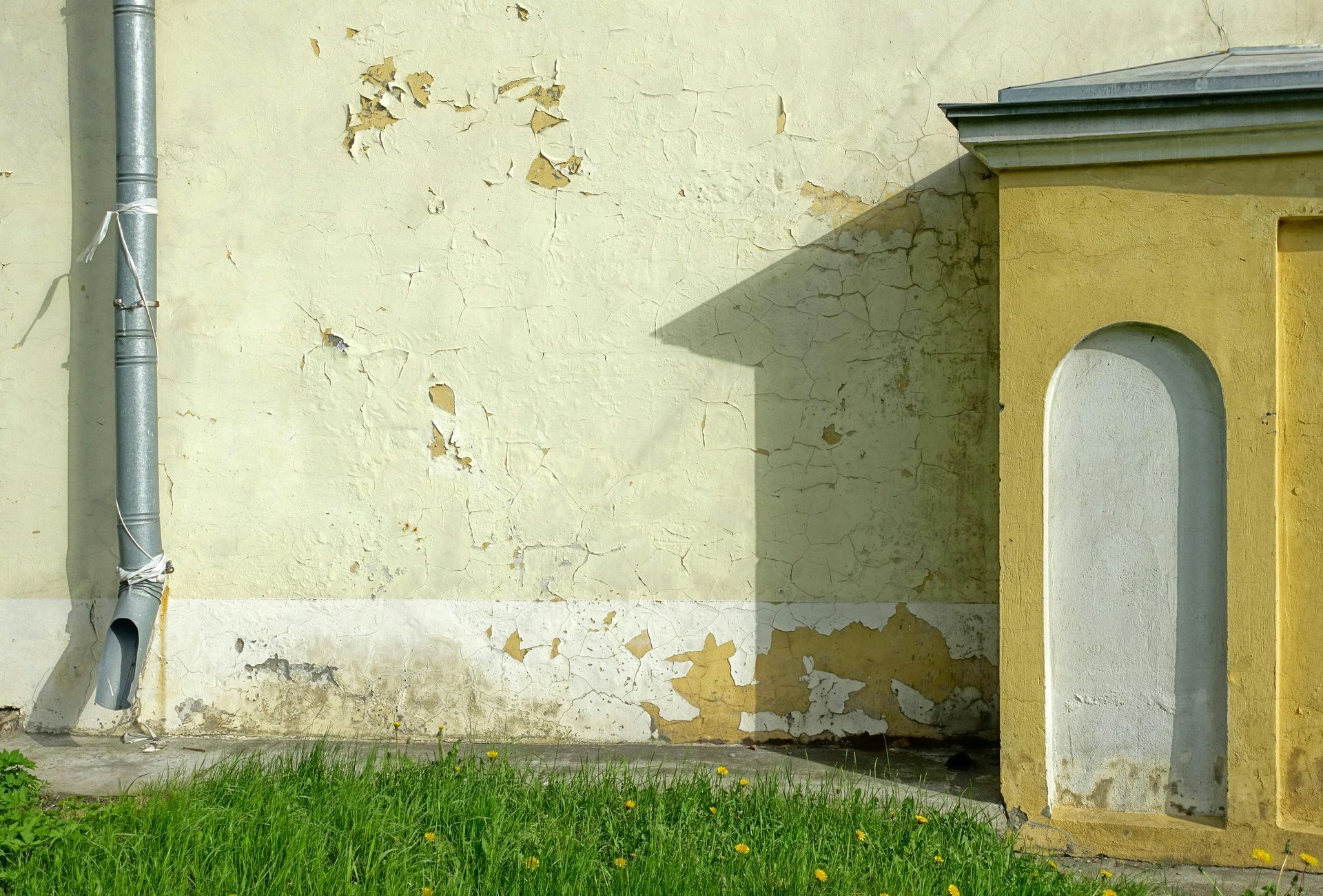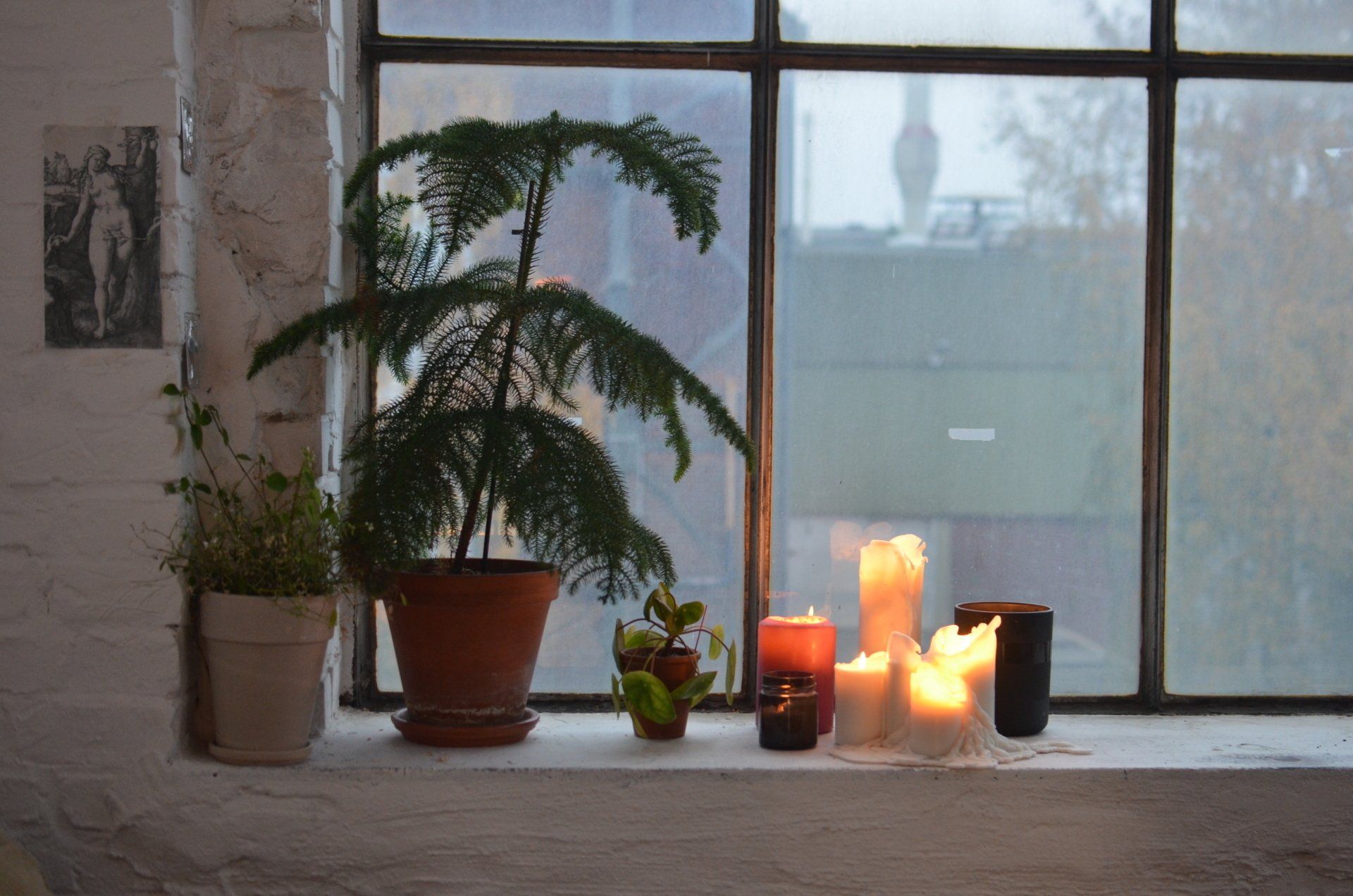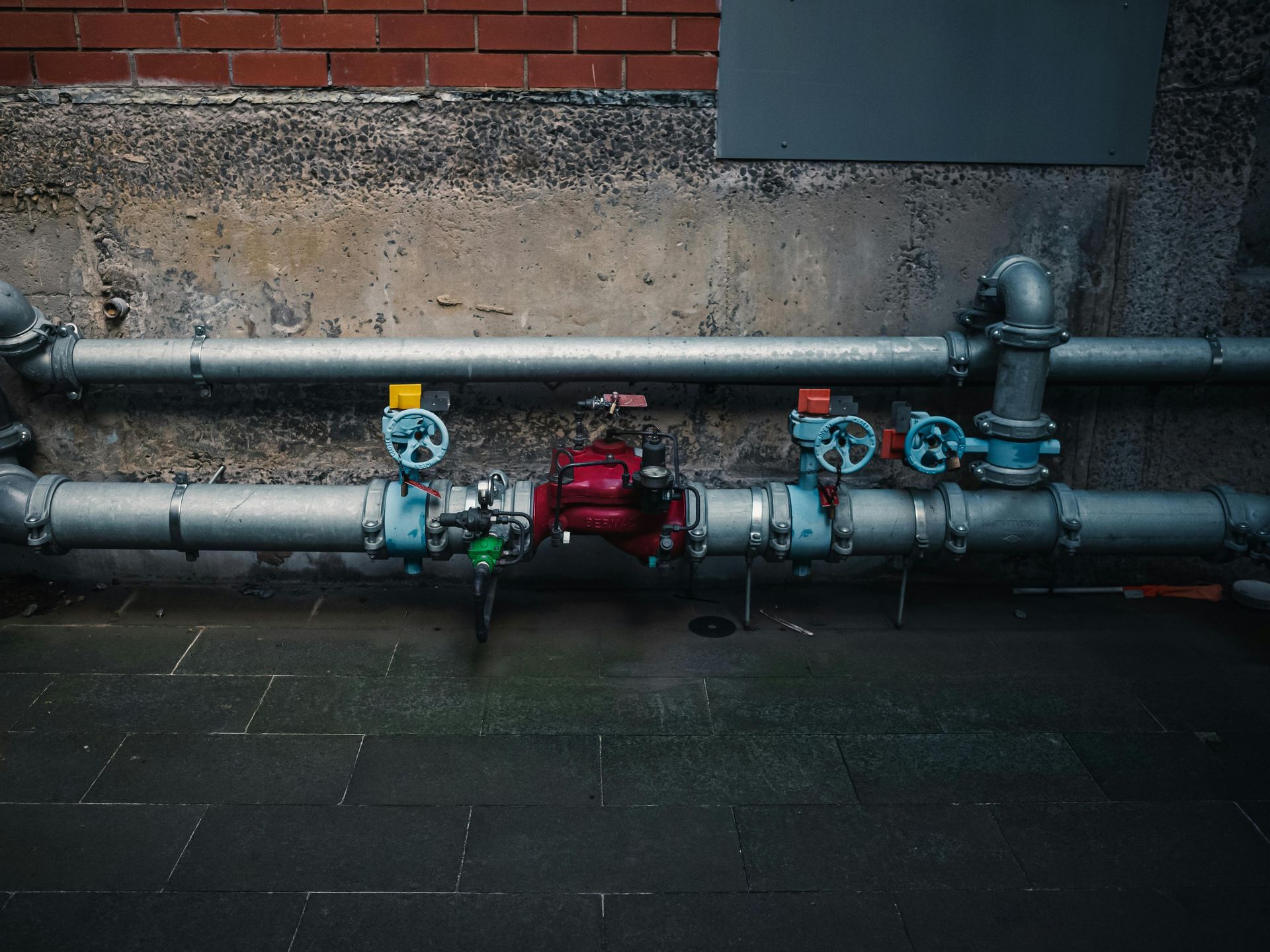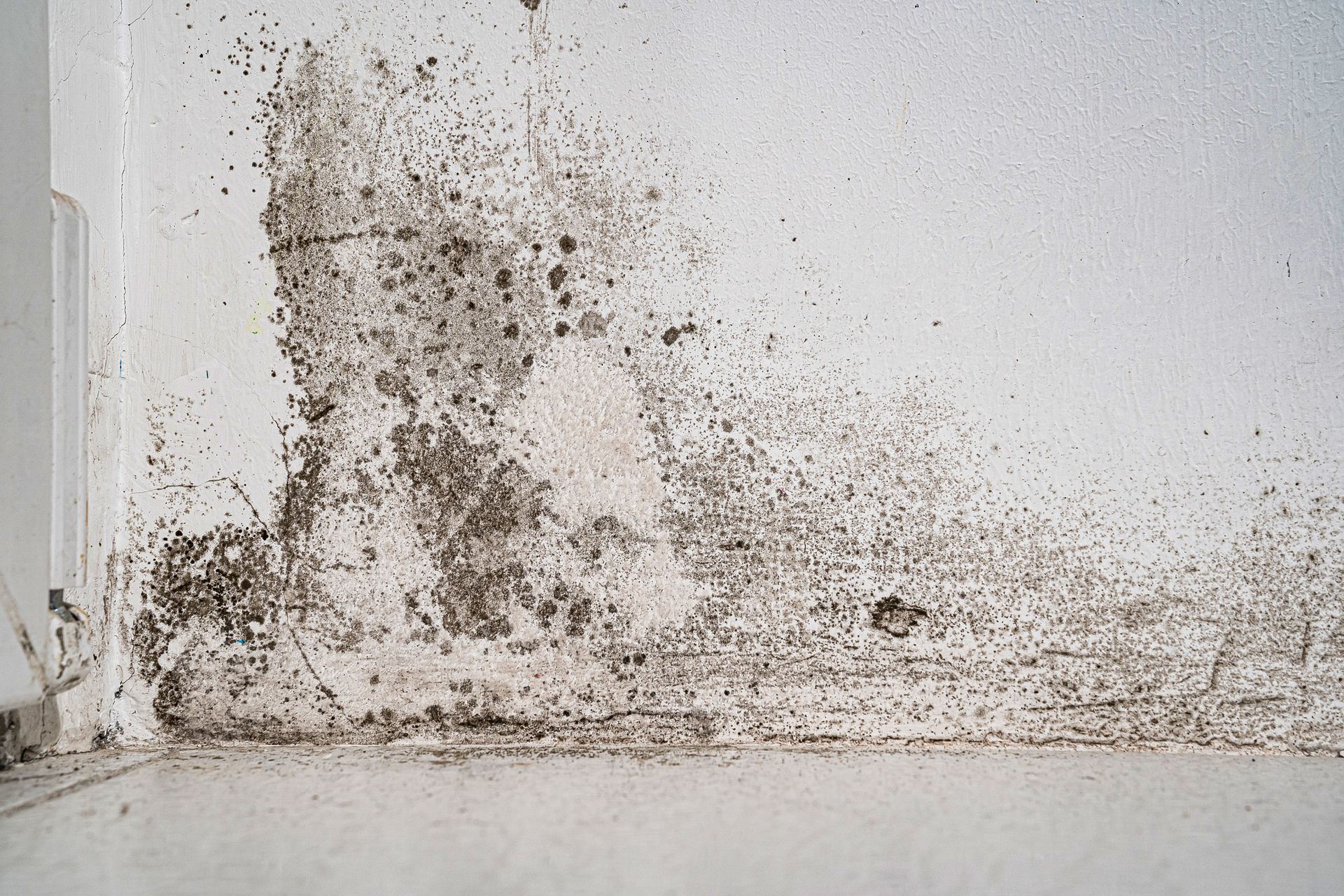Effective Strategies to Prevent Water Damage in Your House
Preventing water damage in your home is crucial for maintaining its structural integrity and ensuring a healthy living environment. Beyond the immediate disruptions, unaddressed water damage can lead to severe complications, including mold growth, foundational issues, and costly repairs. This article explores practical and effective strategies to prevent water damage, aiming to safeguard your property from potential risks. We will discuss preventative maintenance tips, timely interventions for water leaks, and measures to protect your home's exterior from water intrusion. By adopting these strategies, homeowners can mitigate the risks and costs associated with water damage, ensuring their homes remain safe and dry.
Causes of Water Damage
Water damage in homes can stem from a variety of sources, each with the potential to cause significant harm if not promptly addressed. Leaking pipes, often hidden within walls or under floors, are a common culprit. These leaks, if neglected, can lead to moisture accumulation, encouraging mold growth and weakening structural elements. Faulty appliances such as washing machines, dishwashers, and water heaters are also prone to malfunctions that can lead to water leaks. Regular inspections and maintenance are vital to prevent such incidents and avoid water pooling on floors, which can damage property and lead to electrical hazards.
HVAC issues, particularly with air conditioners, can contribute to water damage through condensation build-up. Improperly managed, this condensation can leak into ceilings and walls, promoting mold growth and air quality problems. Additionally, natural disasters like floods, hurricanes, and heavy rainstorms present significant water damage risks. These events can overwhelm drainage systems, leading to water intrusion in basements and lower levels of buildings. Preventative measures, such as sump pumps and backwater valves, can mitigate these risks but require forethought and investment.
Lastly, roof leaks are a significant threat, especially in aging homes. Damaged shingles or poor roof maintenance can allow water to seep through, damaging ceilings, walls, and belongings. Regular roof inspections can identify potential issues before they cause major damage. Each of these causes highlights the importance of preventative maintenance and timely interventions to protect homes from water damage.
Signs of Water Damage
Identifying early signs of water damage can save homeowners significant time and money in repairs. Here are some common indicators:
- Water Stains: Water stains on ceilings or walls are often the most apparent signal of water damage. They may appear as discolored patches of varying shades of brown or yellow. These stains typically indicate a slow, persistent leak that, over time, saturates the building materials, leaving a telltale mark.
- Mold Growth: Mold thrives in moist environments, making it a common consequence of water damage. Homeowners might notice spotty, fuzzy, or slimy growths in damp areas, accompanied by a musty odor. Mold can appear on walls, ceilings, basements, or around windows and should be addressed promptly to avoid health risks.
- Peeling Paint or Wallpaper: Excessive moisture can cause paint and wallpaper to lose adhesion, leading to bubbling, peeling, or flaking. This sign is often found in rooms with poor ventilation or where water has infiltrated behind walls.
- Unusual Odors: Musty odors are a hallmark of hidden water damage and mold growth. These smells are particularly prevalent in basements, crawl spaces, and other areas where damp conditions persist without adequate airflow.
- Warped Floors or Ceilings: Excessive moisture can cause wood and other materials to warp or buckle. Homeowners might notice uneven flooring, bulging spots on the ceiling, or tiles that seem to be lifting.
Water Damage Prevention Tips
Preventing water damage through proactive measures is crucial. Early action can save homeowners significant time, money, and stress, preventing minor issues from escalating into costly, extensive repairs. A preventative approach ensures homes remain safe, dry, and structurally sound for years to come.
Water-Resistant Materials and Construction Techniques
Utilizing water-resistant materials and construction techniques forms a fundamental defense against water damage in homes. These materials are designed to repel water, preventing its absorption, which is crucial in areas prone to moisture, such as bathrooms, kitchens, and basements. One example of a water-resistant material is concrete, which, when used in foundations and walls, provides a sturdy barrier against moisture penetration. Additionally, treated wood, which has been chemically altered to resist rot and mold, is an excellent choice for structural components and outdoor decks.
Another critical water-resistant material is waterproof paint or sealants. These coatings can be applied to interior and exterior walls to create a moisture barrier that prevents water seepage. For roofing, materials like rubber roofing or asphalt shingles with a waterproof underlayment offer superior protection against rain and snow.
In terms of construction techniques, proper drainage design plays a vital role. Sloping landscapes away from the building foundation and installing gutter systems ensure that water is directed away from the structure, reducing the risk of water damage. Similarly, incorporating vapor barriers in walls and floors can prevent moisture from penetrating indoor spaces. Employing these materials and techniques collectively ensures a robust defense against the potential devastation caused by water damage.
Proper Drainage and Landscaping
Ensuring proper drainage and thoughtful landscaping around your home is crucial to prevent water damage, especially during heavy rainfalls or rapid snow melts. Effective drainage systems divert water away from your property, reducing the risk of it seeping into foundations, basements, and crawl spaces, where it can cause significant damage. One fundamental measure is to regularly clean and maintain gutters; this prevents blockages that can lead to water overflowing and damaging the home's exterior walls or foundation. Installing downspouts that direct water at least three feet away from the foundation is another effective strategy. For added protection, homeowners can use splash blocks or extenders to further guide water away from their property.
Landscaping also plays a vital role in water damage prevention. Designing the landscape to slope away from your home ensures that rainwater drains naturally out and away from the foundation rather than pooling around it. Additionally, choosing plants and trees that require less water can minimize the amount of water near your home's foundation. Incorporating porous materials like gravel in landscaping can also enhance ground absorption, preventing water accumulation. Together, these strategies form a comprehensive approach to managing water flow around the home, safeguarding against water damage.
Appliance and Plumbing Maintenance
Regular maintenance of household appliances and plumbing systems is essential in preventing water damage. Neglecting these areas can lead to leaks and breaks that might cause extensive harm to a home's structure and interiors. Here are some preventative measures homeowners should consider:
- Regularly Check for Leaks: Frequently inspect all visible plumbing, including under sinks, around toilets, and near appliances like dishwashers and refrigerators. Small drips can lead to big problems if left unaddressed.
- Install Water Detection Devices: Water detectors can alert homeowners to the presence of moisture in areas that are prone to leaks but not regularly inspected, such as basements and under appliances.
- Replace Hoses and Pipes: Periodically replace hoses with appliances like washing machines and dishwashers. Many manufacturers recommend replacement every 5 years. Also, consider upgrading old, brittle pipes to more durable materials.
- Know Your Water Main: Familiarize yourself with the location of your water main shut-off valve to quickly stop water flow in case of a significant leak.
- Insulate Pipes: In colder climates, insulating pipes can prevent freezing and the subsequent bursting that leads to water damage.
Inspecting Your Home Regularly
Conducting regular inspections of your home is a proactive approach to detect early signs of water damage and address them before they escalate. Routine checks can uncover issues that might not be visible on a day-to-day basis, allowing for timely repairs that can save considerable costs and efforts in long-term maintenance.
Checklist for Home Inspection:
- Roof: Inspect for missing, damaged, or aging shingles, and ensure all flashing and sealing around vents and chimneys are intact to prevent water from entering the home.
- Basement: Look for cracks in the foundation, signs of water seepage, or any musty odors that might indicate mold growth due to moisture.
- Attic: Check for leaks, proper insulation, and ventilation. Wet spots or stains on the wood and insulation can be signs of roof leaks.
- Windows and Doors: Check for gaps, failing seals, or damaged frames that could allow water to penetrate.
- Exterior Walls: Look for cracks or damage in the siding or paint that could allow water to seep through.
Early detection through these inspections can significantly mitigate the potential for extensive water damage, ensuring the home remains safe, dry, and structurally sound.
Seasonal Maintenance
Seasonal changes significantly impact the risk of water damage to a home, with particular attention needed during the rainy and winter seasons. During rainy periods, the saturation of the soil around a home's foundation can increase pressure and lead to leaks or foundation damage. In winter, the freeze-thaw cycle can cause pipes to burst, and ice dams can form on roofs, preventing proper drainage and leading to potential leaks into the attic and walls.
Rainy Season Maintenance Tips:
- Inspect and clean gutters and downspouts to ensure rainwater is efficiently directed away from the house.
- Check the sump pump is working correctly to handle increased water levels.
- Ensure the landscape slopes away from the foundation to prevent water pooling.
Winter Season Maintenance Tips:
- Insulate pipes in areas vulnerable to freezing to prevent them from bursting.
- Keep the attic well-ventilated and insulated to prevent ice dams on the roof.
- Seal gaps around windows and doors to keep moisture out and prevent cold air from entering, which can cause pipes to freeze.
By undertaking these season-specific maintenance tasks, homeowners can significantly reduce the risk of water damage, keeping their properties safe and dry throughout the year.
When to Seek Professional Help
Recognizing when to seek professional help for water damage is crucial for homeowners. Instances of severe leaks, flooding, or when the origin of the water damage is ambiguous, demand the expertise that only professionals can provide. Specialists in water damage restoration, like First Call Restoration, offer comprehensive services tailored to address and mitigate the effects of water damage efficiently. These professionals come equipped with advanced tools and techniques for detecting moisture hidden within walls, under floors, or in other hard-to-reach areas, ensuring a thorough assessment and treatment of the affected premises.
The services offered by First Call Restoration encompass a broad spectrum, from initial water damage assessment to complete drying, restoration, and preventive measures against future incidents. Employing professionals brings the advantage of their extensive knowledge in dealing with different types of water damage circumstances, be it from natural disasters, plumbing failures, or structural leaks. Their ability to quickly and accurately diagnose the problem areas and implement effective solutions not only saves time and money but also significantly reduces the stress associated with such situations. Furthermore, professional services often include detailed inspections, which can uncover potential vulnerabilities in a property's defense against water, offering homeowners peace of mind through strengthened preventive measures tailored to their specific needs.
Safeguarding Your Home Against Water Damage
Protect your home and peace of mind with First Call Restoration's expert services. We specialize in swiftly identifying and resolving all forms of water damage, safeguarding your property from future hazards. Our team offers comprehensive solutions, from early detection with state-of-the-art equipment to complete restoration and preventive strategies. Don't wait for water damage to escalate. Take a proactive step today. Call First Call Restoration for a consultation and see how we can fortify your home against any water damage threat. Remember, the right time to address water damage is before it happens. Connect with us now and ensure your home remains safe and dry.
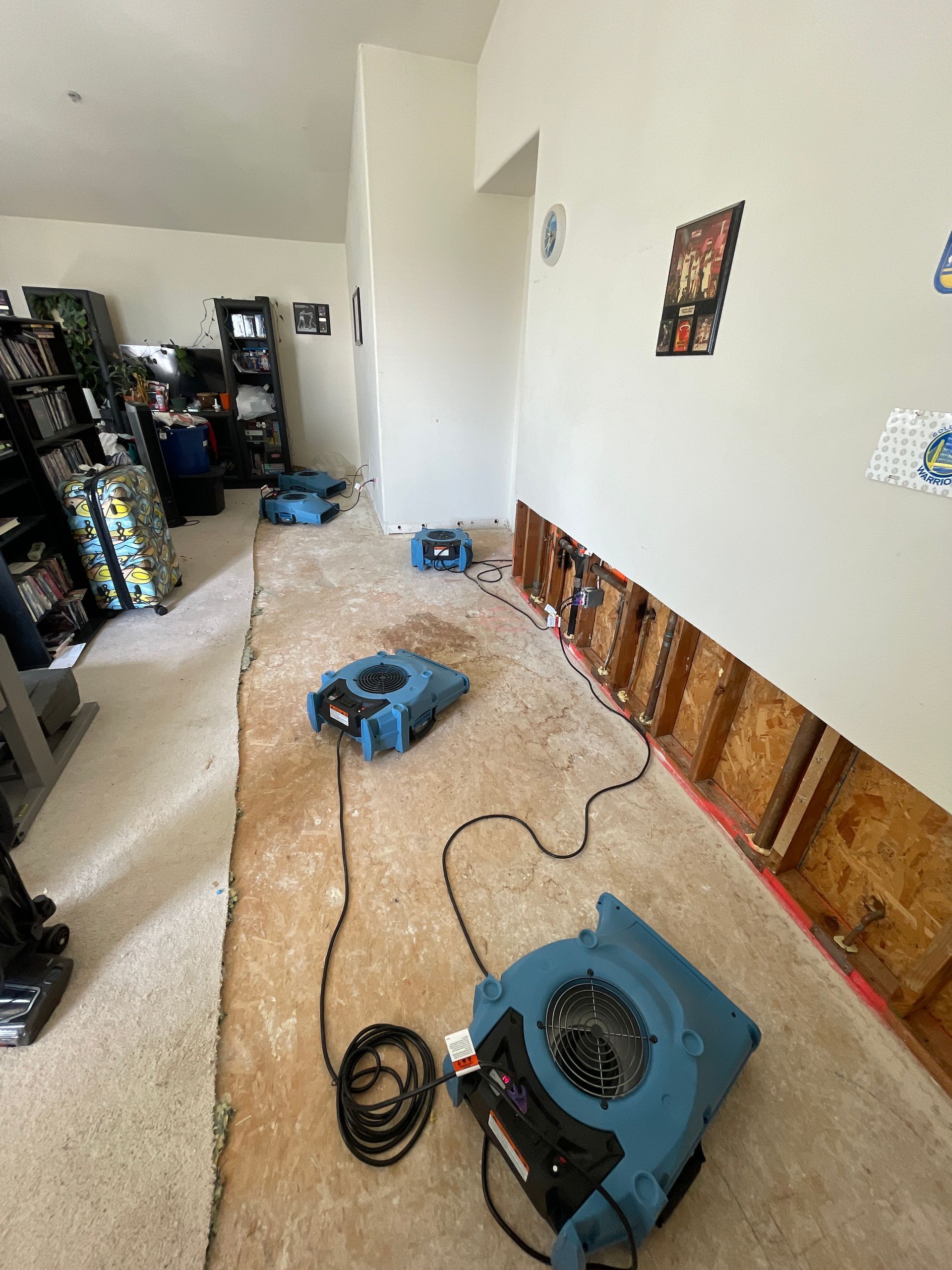
Quick Links
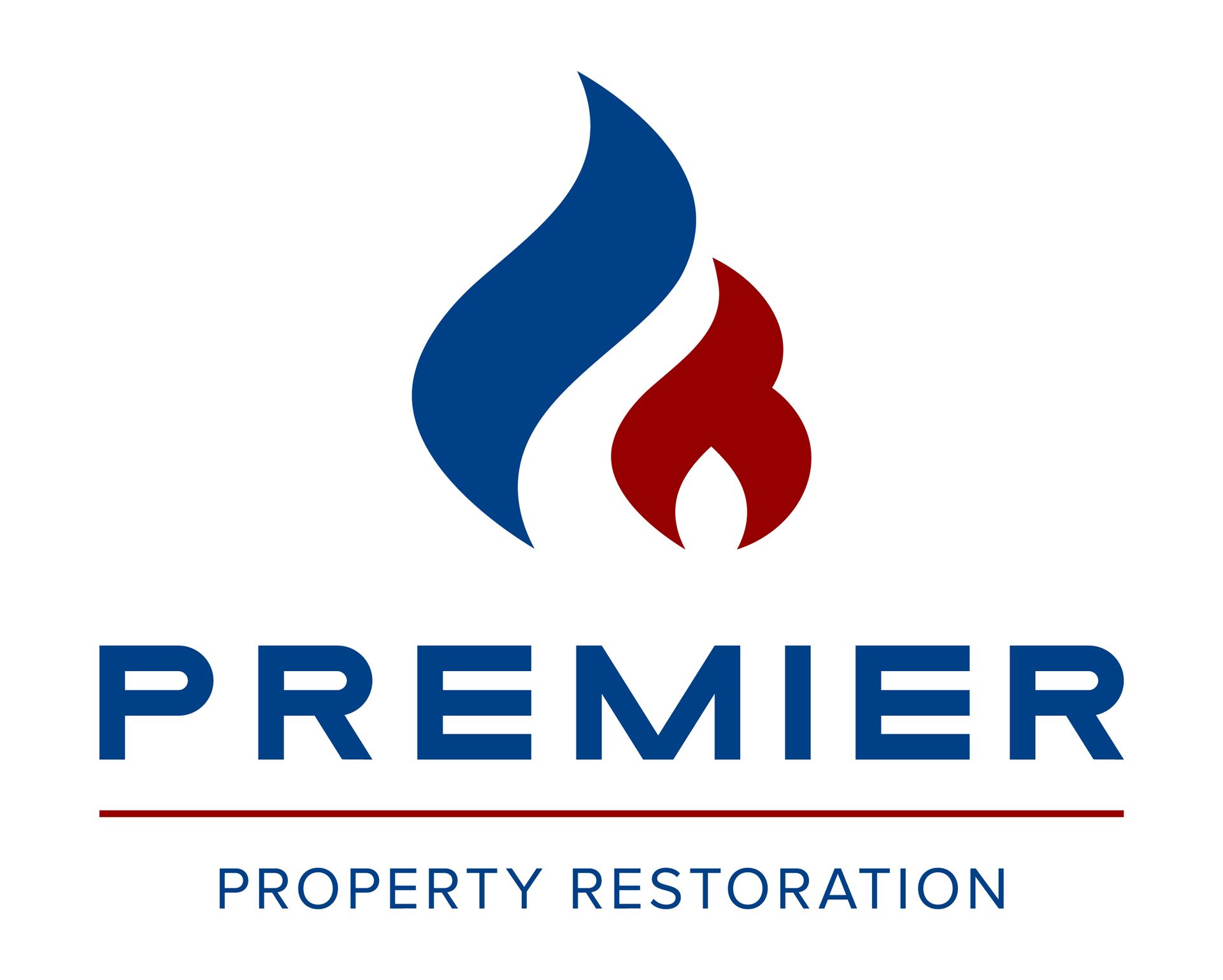
Premier Property Restoration is a trusted IICRC-certified contractor specializing in water, fire, and mold damage restoration in New Orleans and the surrounding areas. With a commitment to rapid response and high-quality service, we ensure your property is restored efficiently and effectively. Our expert team handles everything from emergency response and damage assessment to thorough cleanup, sanitation, and reconstruction. Accepting all insurance claims, we aim to make the restoration process as seamless as possible. Choose Premier Property Restoration for reliable, professional restoration services that prioritize your peace of mind and property safety.
Office Locations
Premier Property Restoration of New Orelans
4955 W Napoleon Ave #3102, Metairie, LA 70001
© 2023 • Premier Property Restoration • All Rights Reserved

